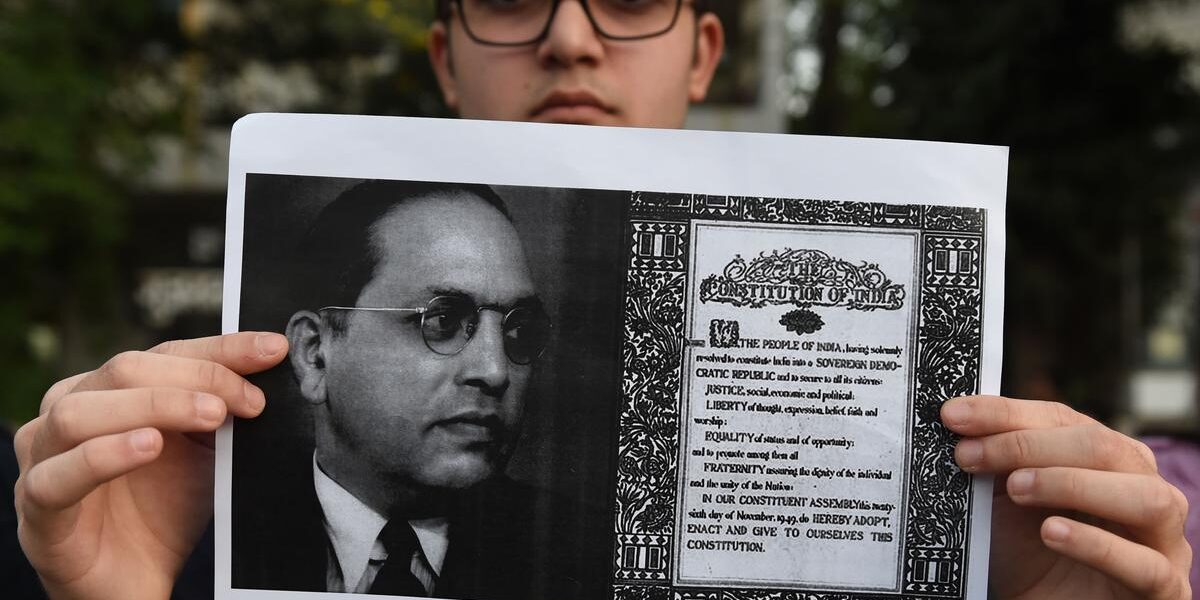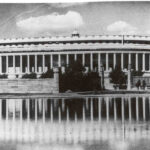
Introduction
The Supreme Court of India in a recent judgment in Chebrolu Leela Prasad Rao v. State of Andhra Pradesh[1], has concluded that gubernatorial notification granting 100 percent reservations to the Scheduled Tribes (STs) is unconstitutional. While arriving at this conclusion, the court held that non-obstante clause under schedule V of the constitution could not be discerned from the fundamental rights and the basic structure and the former necessarily has to be read in light of the latter. The court said that even a non-obstante clause is subject to Part III of the constitution and can not infringe the fundamental right to equality. In this piece, I argue that the court has erred, first, in unnecessarily interpreting the clear and unambiguous provisions of the Schedule V and secondly, by applying the basic structure doctrine without any constitutional amendment and thereby astraying from its earlier decisions, notably in Waman Rao and I.R. Coelho.
Schedule V and Interpretation of Non-Obstante Clause
Paragraph 5(1) of the Schedule V of the constitution provides the governor with plenary powers to allow or disallow the implementation of law in any part of the state through a public notification. This paragraph starts with a non-obstante clause that says “Notwithstanding anything in the constitution, the governor may………….” The non-obstante clause is too clear to be ambiguous and prima facie needs no profound interpretation. However, the court in Chebrolu went on to interpret the phrase, only to conclude that the clause permits the governor to exercise a few legislative powers which are generally conferred over the parliament and state legislatures under Art 245 of the constitution. The court restricted the meaning of “anything” and impliedly replaced it with “Art 245” inferring thereby that such powers could be exercised only in lieu of Art 245 and not Part III of the constitution. In Ashwini Kumar[2], the court had noted that unless a phrase in the constitution is unambiguous, there is no need for the courts to interpret it. This position was upheld at multiple occasions, notably in the famous Privy Purse case[3]. Even Art 245 starts as “Subject to the provisions of the constitution…..” which implies that the article itself effectuates and strengthens the non-obstante clause of Schedule V.
The court in Chebrolu noted that Article 13 does not allow any law in derogation of the fundamental rights and therefore even a governor’s notification is not untouched by it. However, the court’s argument falsifies the basic meaning of a non-obstante clause, which is just forming an exception to Article 13 and by no means rendering it useless or otiose. Importantly, the constitution does not phrase every non-obstante clause similarly; for example Art 226 writes, “notwithstanding anything in Art 32” and these “partial exception clauses” are unambiguously worded. This does not leave an iota of doubt in reading the non-obstante clauses verbatim. A judicial interpretation making it sound like “notwithstanding “something” but also subject to “something” that was not originally provided” is per se absurd and unacceptable.
The Tragedy of the Basic Structure Doctrine
The basic structure of the constitution that includes fundamental rights is unassailable and “State” has no power to transgress it. As we know, the constitution itself provides for the changes that state could make and delineates the process for the same. Anything in the constitution can be added or removed only through an amendment. In its celebrated Kesavananda Bharti[4] decision the Supreme Court held that the basic structure doctrine can only be exercised in case of a constitutional amendment and even so for those that happened after the date of this decision. This was affirmed by the court in Waman Rao[5]. As a governor notification is not a constitutional amendment, the doctrine cannot be applied. Still the flagrantly applied the doctrine to hold that no matter what the action is about, it always has to conform to the basic structure.
The court in Cherbolu noted that:
“the provision of the Fifth Schedule beginning with the words “notwithstanding anything in this Constitution” cannot be construed as taking away the provision outside the limitations on the amending power and has to be harmoniously construed consistent with the foundational principles and the basic features of the Constitution”.
This argument is bad in law and drastically opposes the nine-bench judgment in I. R Coelho[6] where the court had clearly stated that the caveat of basic structure is exclusively for the constitutional amendments and not for other kinds of constitutional or extra-constitutional exercises of law.
Beg C.J in State of Karnataka v. Union of India[7] wrote that “[t]he doctrine of basic structure is nothing more than a set of obvious inferences relating to the interests of the constitutional makers…” This view was furthered in M.Nagraj which talked about the doctrine’s complementary nature to give a holistic outlook to the constitutional provisions. Unfortunately, the Supreme Court in Cherbolu appears deracinating the established principles of a coherent and harmonized constitutional prospection.
Conclusion
It is a well-accepted notion of interpretation that a phrase has to be deciphered by ascertaining the “intent” behind it. As the constitution at various places[8] includes non-obstante clauses thereby necessitating a holistic reading of the similar ones together. By no means, “notwithstanding anything in the constitution” could be read as “notwithstanding Art 245 but subject to Part III of the constitution. Had this been the intent of the constitutional makers, they would’ve forthrightly written so, as they did with a number of other articles. Moreover, nowhere does this phrase look ambiguous or devoid of a profound interpretation. It is clearly a non-obstante clause which, by virtue of its very character, forms an exception to a general rule provided under Art 245. By subjecting it to Part III, Cherbolu has defied the earlier decisions in Ashwini Kumar and Privy Purse case and nonetheless changed the very nature of a non-obstante clause.
Additionally, basic structure doctrine is essentially a caveat for the amendments to the constitution and has nothing to do with original powers rendered to the governor by the constitution itself. The finding in Cherbolu that “everything” has to be in consonance with the basic structure is paradoxical to the rule devised in Kesavandanda and strengthened in Waman Rao and I.R Coelho. Cherbolu establishes a bad precedent in law by showing recalcitrance both with the constitutional interpretation and the basic structure doctrine.
-
Chebrolu Leela Prasad Rao v. State of Andhra Pradesh, 2020 SCC Online SC 383. ↑
-
Aswani Kumar Ghosh v. Arabind Bose1953 SCR 1 ↑
-
Madhav Rao Jivaji Rao Scindia v. Union of India, (1971) 1 SCC 85 ↑
-
Kesavananda Bharti v. Union of India (1973) 4 SCC 225 ↑
-
Waman Rao v. Union of India, (1981) 2 SCC 362 ↑
-
I.R. Coelho v. State of Tamil Nadu, (2007) 2 SCC 1 ↑
-
State of Karnataka v. Union of India (1977) 4 SCC 608 ↑
-
See the Constitution of India, 1950; Art 6, Art 226, Art 253 and Art 276. ↑
-
Text misread, basic structure misapplied : The 100% reservation verdict





Hello there, I discovered your website by the use of Google even as looking for a related topic,
your web site came up, it looks great. I’ve bookmarked it in my google bookmarks.
Hello there, just changed into alert to your blog via Google, and
found that it is truly informative. I’m
gonna watch out for brussels. I’ll appreciate should you proceed this in future.
Numerous other folks will be benefited from your writing.
Cheers!
I love your blog.. very nice colors & theme. Did you design this website yourself or did you hire someone
to do it for you? Plz respond as I’m looking to create my own blog and
would like to find out where u got this from. thank you
If you want to improve your know-how just keep visiting this web site and be updated with the newest information posted
here.
I read this article completely regarding the comparison of latest and preceding technologies, it’s awesome
article.
Hello, I enjoy reading all of your article post.
I like to write a little comment to support you.
Tadalis Sx Soft Sale